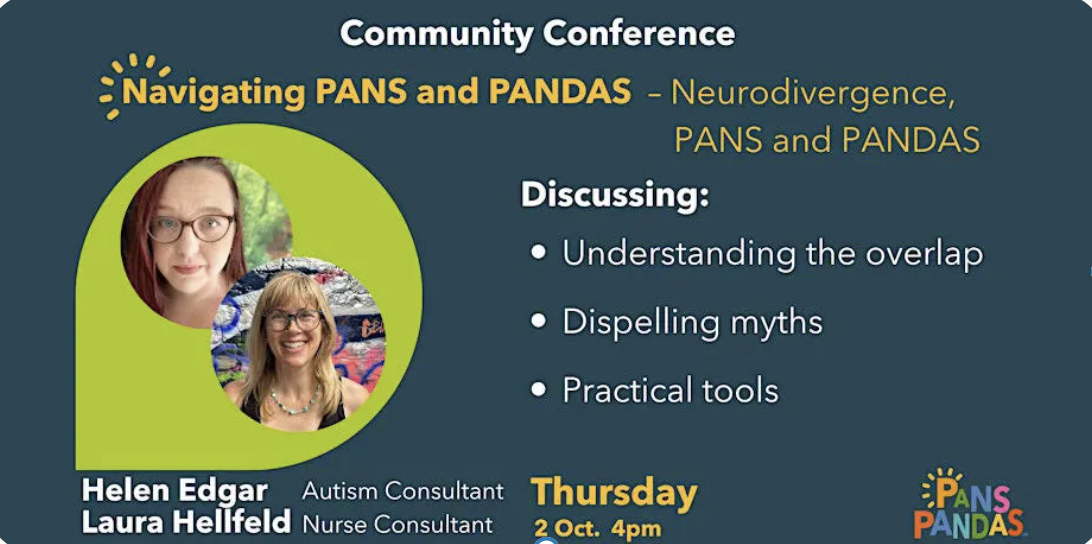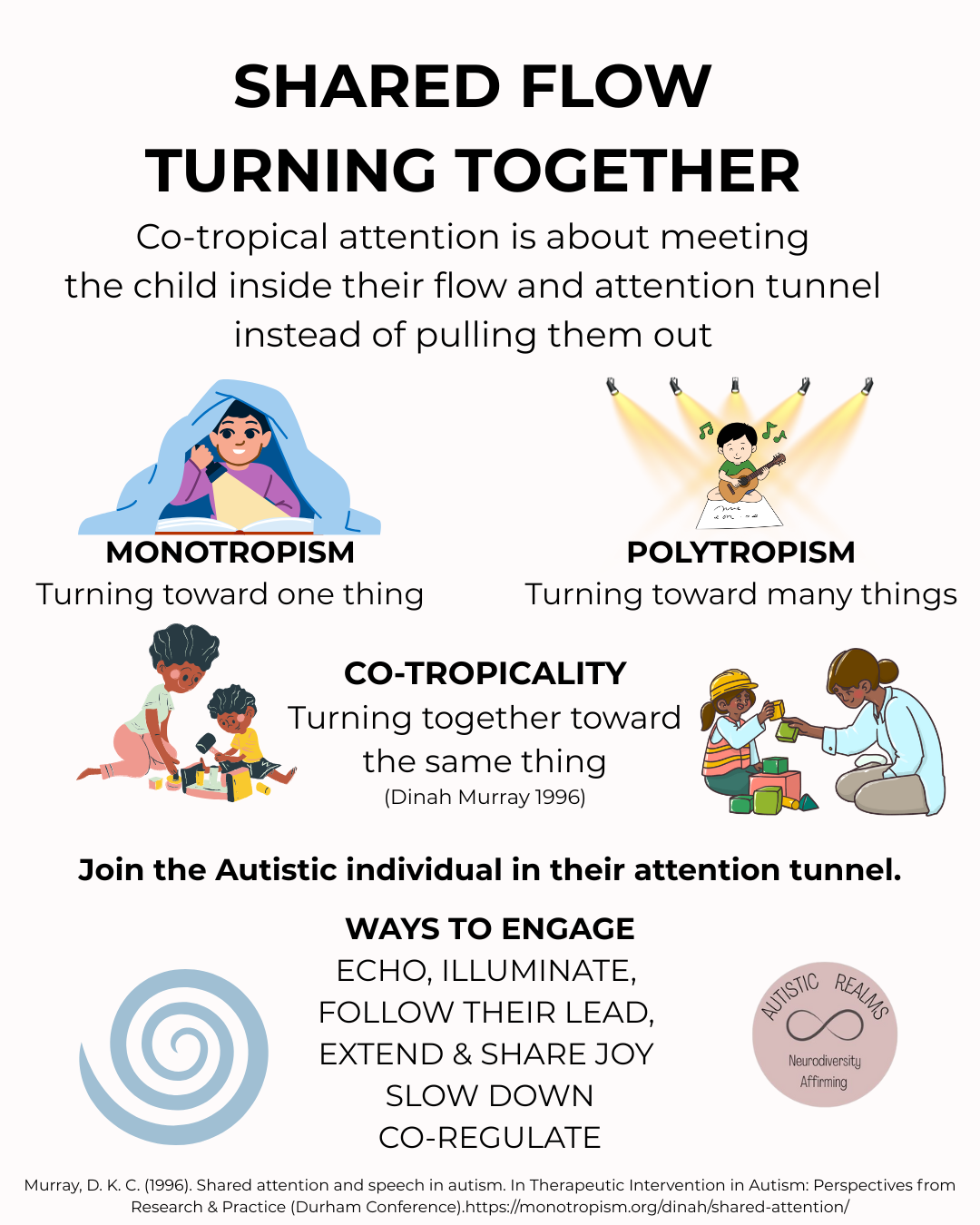Your basket is currently empty!

Interpreting your Monotropism Questionnaire Results

The theory of Monotropism was developed by Murray et al. (2005) in their article, Attention, monotropism and the diagnostic criteria for autism. The Monotropism Questionnaire was created by Garau et al. (2023). A self-scoring version of the Monotropism Questionnaire was created by David Cary.
The information below will hopefully provide some clarity for anyone who has taken the Monotropism Questionnaire and are unsure what their results may mean.
Picture 1 = an example score of some one who has taken the Monotropism Questionnaire.
Picture 2 = the graph from the original research by Garau et al. (2023).
The Monotropism questionnaire has 47 questions
Each question is scored on a 0-5 point scale giving a total of 235.
Picture 1 – Your Score

When you take the questionnaire it will automatically work out your score, an example is shown in Picture 1 (A).
Each question is worth 5 points.
There are 47 questions. 47×5 = 235. 235 is the maximum score.
Your average score (B) takes into account any n/a answers. It is based on the 0-5 scoring system.
This shows how you’ve scored in relation to others that have taken this specific questionnaire.
Anything above 3.3 means your score has slightly more monotropic traits than the average non-autistic person.
The last section (C) translates your score into a percentage. It tells you the proportion of people in those populations that are less monotropic than you. For example, if you’re more monotropic than 60% of autistic people, that means 40% of the autistic people sampled in the original study scored more highly than you.
Picture 2 – The Monotropism Questionnaire Research Results

The Monotropism Questionnaire research results are shown in Picture 2.
A = shows that autistic and ADHD (AuDHD) people generally have the highest monotropism questionnaire scores compared to other groups
B = shows that autistic people who are not ADHD had the second highest scores.
C = shows ADHD people who are not autistic had the third highest scores.
D = shows non-autistic and non-ADHD people (allistic people) had the overall lowest scores when taking the Monotropism Questionnaire
If you take your average point score (see picture 1 B) you can then explore how you compare to others who took part in the research for the Monotropism Questionnaire (see picture 2).
I’m monotropic… Now what?
If you have read some descriptions of monotropism, and perhaps taken the Monotropism Questionnaire, and it resonates with you: it seems pretty clear that we’re describing you. What does this mean?
Find out in Fergus Murray’s article: I’m monotropic … Now what?
To find out more have a look at:
Monotropism – Stimpunks Foundation
I am also proud to be an affiliate for Kieran Rose’s Inside of Autism Course. I highly recommend this 50 minute presentation and discussion if you are interested in finding out more about autistic experiences and monotropism.

Latest Posts
-
Autistic Burnout – Supporting Young People At Home & School

Autistic burnout in young people is real—and recovery starts with understanding. This post offers neuroaffirming ways to spot the signs, reduce demands, and truly support. 💛 #AutisticBurnout #Neuroaffirming #Monotropism #AutisticSupport
-
Monotropic Interests and Looping Thoughts

The theory of monotropism was developed by Murray, Lawson and Lesser in their article, Attention, monotropism and the diagnostic criteria for autism (2005). Monotropism is increasingly considered to be the underlying principle behind autism and is becoming more widely recognised, especially within autistic and neurodivergent communities. Fergus Murray, in their article Me and Monotropism:…
-
Map of Monotropic Experiences

Monotropism seeks to explain Autism in terms of attention distribution and interests. OSF Preprints | Development and Validation of a Novel Self-Report Measure of Monotropism in Autistic and Non-Autistic People: The Monotropism Questionnaire This map highlights 20 common aspects of my personal monotropic experiences. How many do you experience? Where are you on the map…
-
Autistic Burnout – Supporting Young People At Home & School

Being autistic is not an illness or a disorder in itself, but being autistic can have an impact on a person’s mental and physical health. This is due to the often unmet needs of living in a world that is generally designed for the well-being of people who are not autistic. In addition, three-quarters of…
-
The Double Empathy Problem is DEEP

“The growing cracks in the thin veneer of our “civilised” economic and social operating model are impossible to ignore”, Jorn Bettin (2021). The double empathy problem (Milton, 2012) creates a gap of disconnect experienced between people due to misunderstood shared lived experiences. It is “a breakdown in reciprocity and mutual understanding that can happen between people…
-
Top 5 Neurodivergent-Informed Strategies

Top 5 Neurodivergent-Informed Strategies By Helen Edgar, Autistic Realms, June 2024. 1. Be Kind Take time to listen and be with people in meaningful ways to help bridge the Double Empathy Problem (Milton, 2012). Be embodied and listen not only to people’s words but also to their bodies and sensory systems. Be responsive to people’s…
-
Autistic Community: Connections and Becoming

Everyone seeks connection in some way or another. Connections may look different for autistic people. In line with the motto from Anna Freud’s National Autism Trainer Programme (Acceptance, Belonging and Connection), creating a sense of acceptance and belonging is likely to be more meaningful for autistic people than putting pressure on them to try and…
-
Monotropism, Autism & OCD

This blog has been inspired by Dr Jeremy Shuman’s (PsyD) presentation, ‘Neurodiversity-Affirming OCD Care‘ (August 2023), available here. Exploring similarities and differences between Autistic and OCD monotropic flow states. Can attention tunnels freeze, and thoughts get stuck? Autism research is shifting; many people are moving away from the medical deficit model and seeing the value…
-
Monotropism Questionnaire & Inner Autistic/ADHD Experiences

Post first published 28th July 2023 Over the past few weeks, there has been a sudden surge of interest in the Monotropism Questionnaire (MQ), pre-print released in June 2023 in the research paper ‘Development and Validation of a Novel Self-Report Measure of Monotropism in Autistic and Non-Autistic People: The Monotropism Questionnaire.‘ by Garau, V., Murray,…
-
Penguin Pebbling: An Autistic Love Language

Penguin Pebbling is a neurodivergent way of showing you care, like sharing a meme or twig or pretty stone to say “I’m thinking of you,” inspired by penguins who gift pebbles to those they care about.
-
Navigating PANS/PANDAS & Neurodivergence

Our new PANS/PANDAS info-gathering templates help families, schools & clinicians understand the overlap between neurodivergence and PANS/PANDAS.
-
Shared Flow: Turning Attention To Support Children Together

Discover Dinah Murray’s concept of co-tropicality—turning our attention together. Explore how joining Autistic children in their flow builds trust, co-regulation, and deep relational connection through shared focus and joy.
-
Protecting the Meaning of Neuro-Affirming Practice

Discover what genuine neuro-affirming practice looks like — beyond tokenism and “neurodiversity-lite.” Explore how to protect the heart of the neurodiversity movement and uphold its community-led roots.













